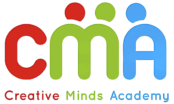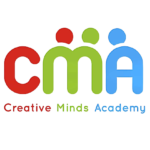Weekly Planner
Here’s a weekly planner to help you effectively plan your time for creating YouTube videos and writing blogs with proper optimization:
Monday:
- Morning: Research and brainstorm video ideas for the week.
- Afternoon: Script writing for the upcoming YouTube video.
- Evening: Outline and plan blog topics for the week.
Tuesday:
- Morning: Film and record the YouTube video.
- Afternoon: Transcribe and edit the video footage.
- Evening: Start drafting the blog post based on the planned topic.
Wednesday:
- Morning: Edit and finalize the YouTube video, adding captions and graphics.
- Afternoon: Edit and proofread the blog post, optimizing for SEO.
- Evening: Create engaging thumbnail images for the YouTube video.
Thursday:
- Morning: Upload and schedule the YouTube video, optimizing the title, description, and tags.
- Afternoon: Add relevant images, links, and formatting to the blog post.
- Evening: Create social media posts and graphics to promote the upcoming video and blog.
Friday:
- Morning: Engage with your YouTube audience by responding to comments and messages.
- Afternoon: Publish the blog post, ensuring it is properly formatted and optimized.
- Evening: Share the YouTube video and blog post on various social media platforms.
Saturday:
- Morning: Analyze YouTube video performance, track metrics, and gather insights.
- Afternoon: Engage with your blog readers by responding to comments and messages.
- Evening: Explore collaboration opportunities or research potential guest blogging opportunities.
Sunday:
- Morning: Reflect on the past week’s content and make any necessary adjustments or improvements.
- Afternoon: Plan and schedule content for the upcoming week, including video and blog ideas.
- Evening: Take some time for relaxation and recharge to prepare for the new week ahead.
Remember to allocate time each day for tasks like keyword research, optimizing video and blog descriptions, and promoting your content across different channels. Adapt this planner to your own schedule and priorities, ensuring you have a consistent and strategic approach to creating and optimizing your YouTube videos and blogs.

